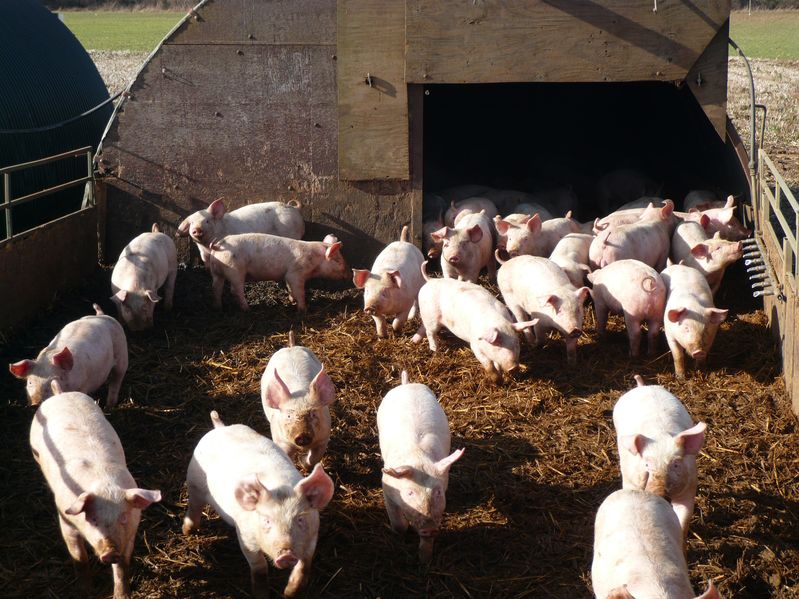
Red Tractor has added 'eMB Pigs' into their pig standards for 2017, making it compulsory for producers to submit their quarterly total antibiotic usage onto the industry’s electronic Medicines Book.
Pig producers, representing 70% of England’s pig herd, have already been busy entering 2015 and 2016 antibiotic data into eMB over the last 12 months.
But now Red Tractor have added eMB into the pig standards for 2017.
In November, it becomes compulsory for producers to submit their quarterly total antibiotic usage onto the industry’s electronic Medicines Book (eMB).
Mark White, President of the Pig Vet Society, said: “eMB Pigs is straightforward... the system will soon have a benchmarking facility so producers can compare with industry averages as well as visualising their own individual usage."
Inspection visits
To remain compliant, usage for quarters two (April - June) and three (July - September) of 2017 must be entered by 11 November 2017.
Red Tractor assessors will need to view the data during inspection visits, so where vets are entering the figures on their client’s behalf, they are reminded to ensure printed copies are left with the farmer.
In addition to the introduction on eMB is the requirement for Pig Vets to sign a quarterly declaration to confirm they are prescribing in accordance with the PVS Prescribing Principles for Antimicrobials.
Use of antibiotics classified as Class 3 (products of last resort, namely Colistin, third and fourth generation Cephalosporins and Fluoroquinolones) must be justified in the veterinary health plan.
Capturing antibiotic use electronically in this way allows producers to demonstrate the actions the pig industry is taking to preserve antibiotics for use in both animal and human medicine.
